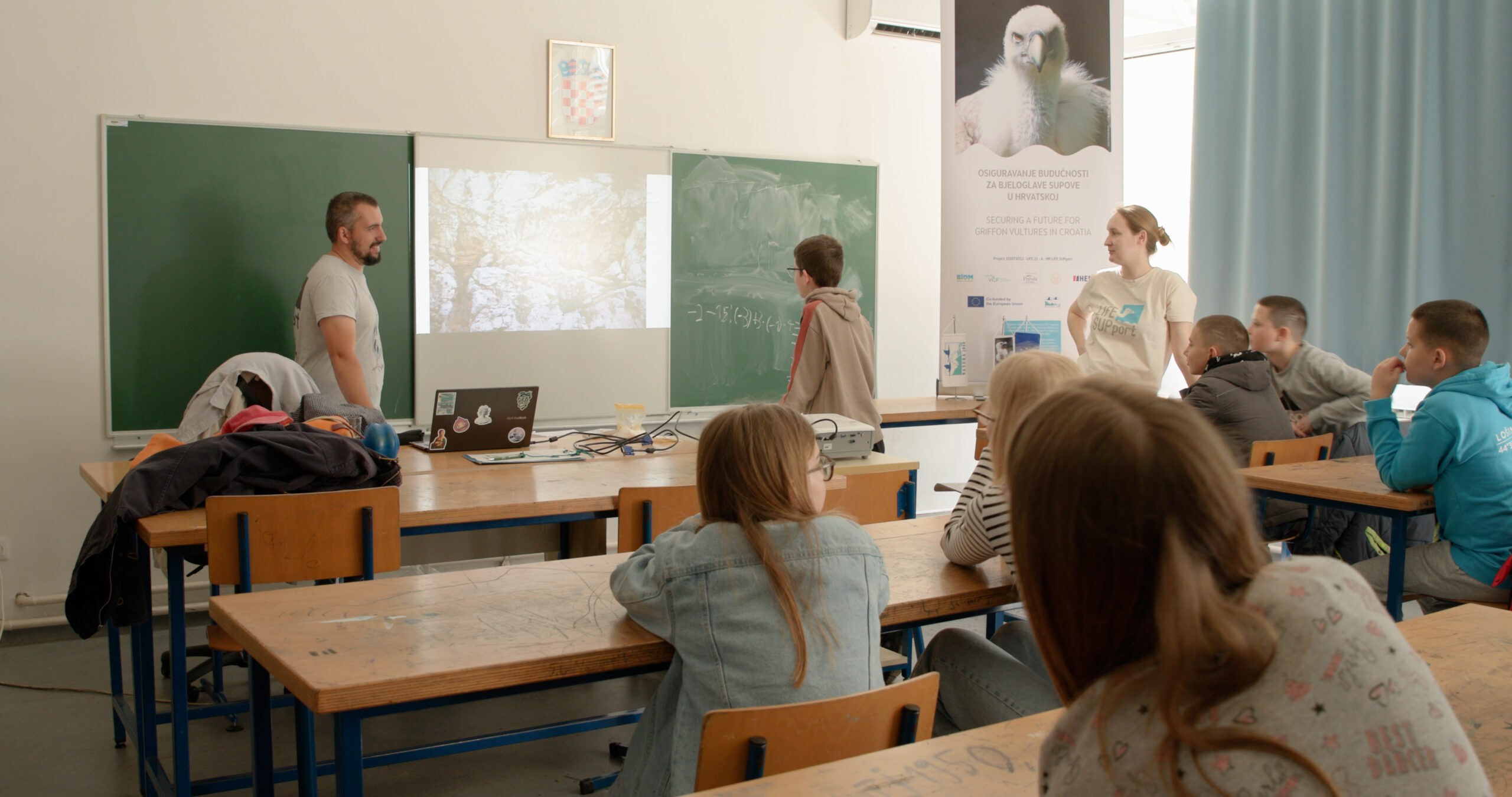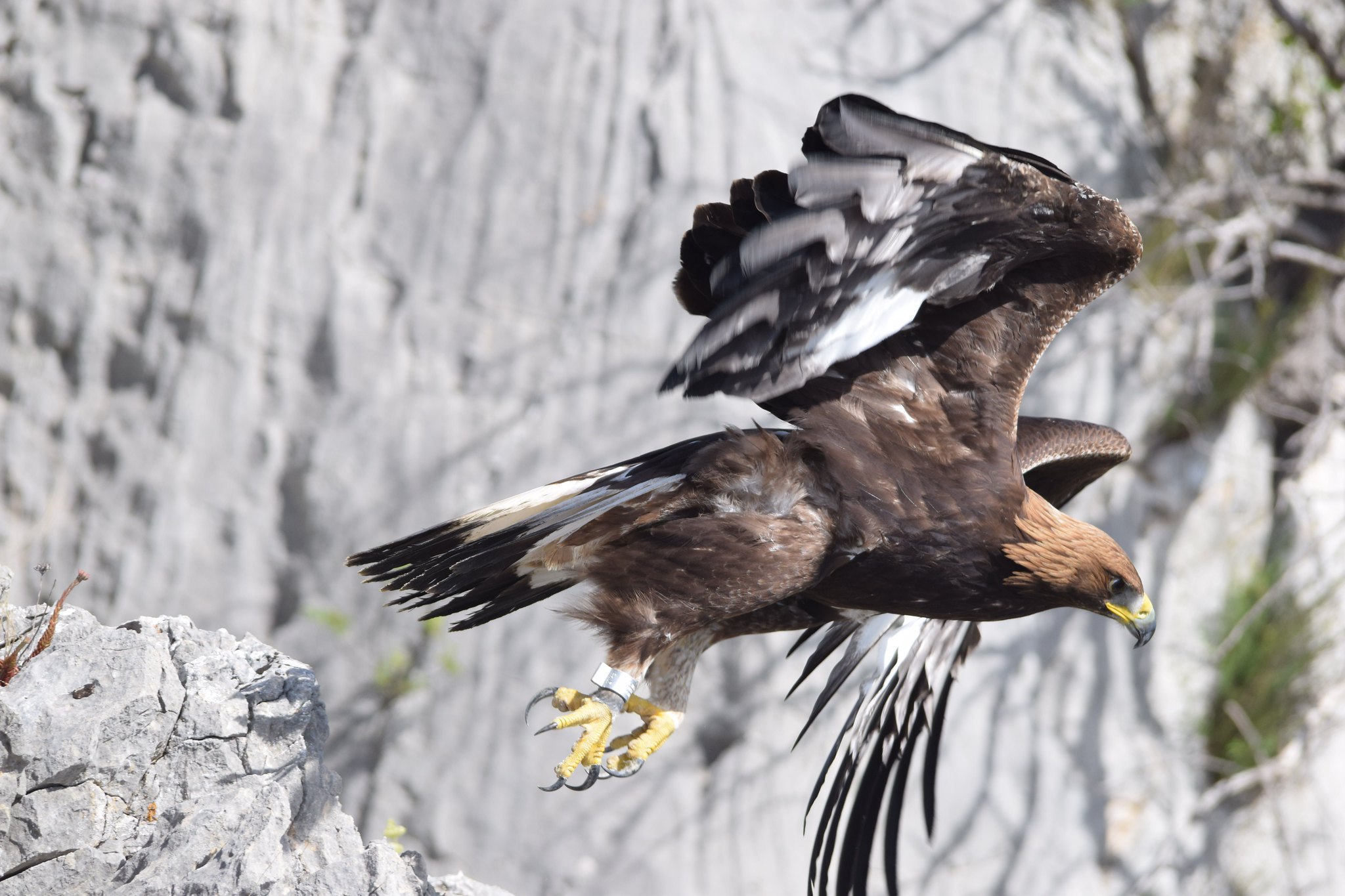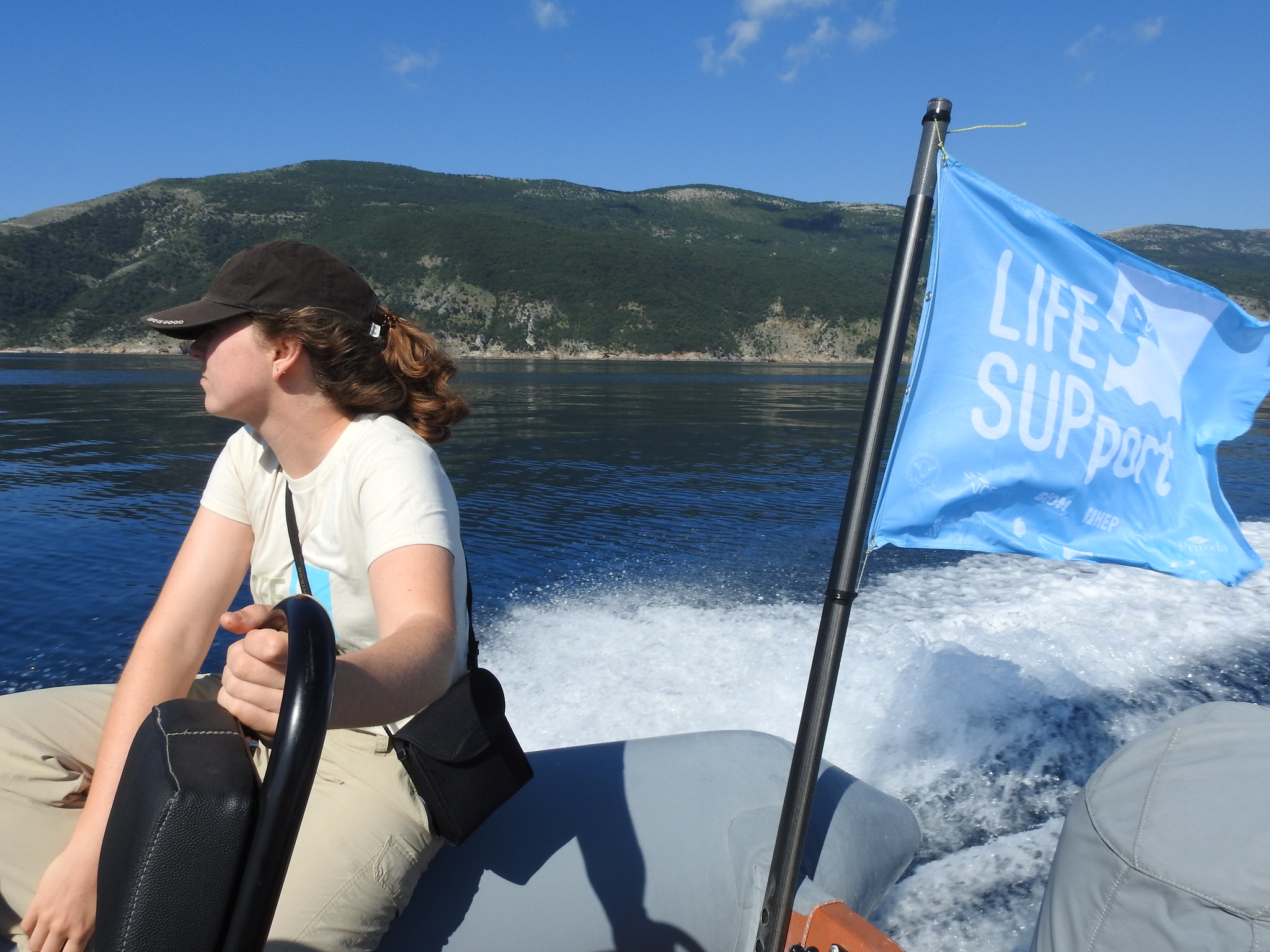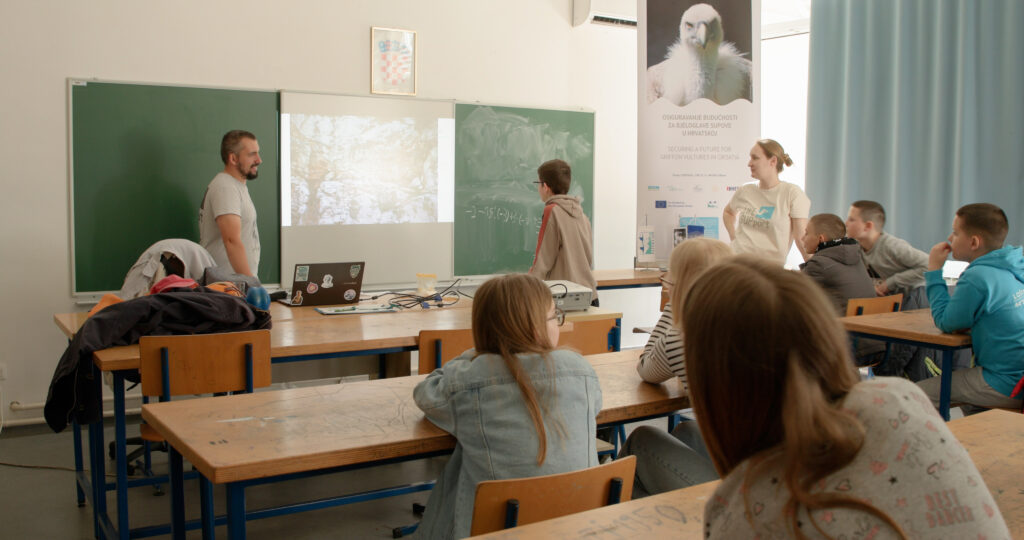
With the aim of educating younger generations about griffon vultures and the threats this species faces in Croatia, as part of the LIFE SUPport project, the educational program staff of Biom held several educational workshops in schools in the Kvarner area last week. These workshops are based on an educational program also developed within this project, and in 2024, 122 children from five schools on the island of Krk took part in it.
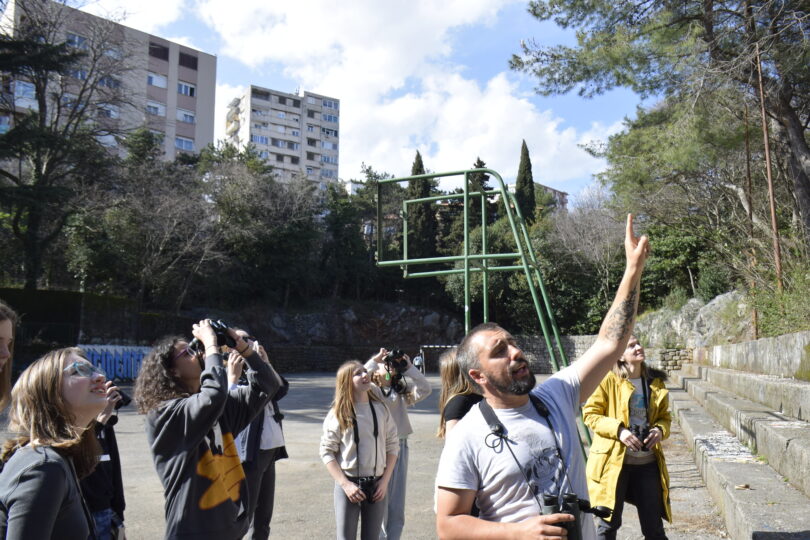
The first workshop of 2025 was held on March 24 at Turnić Primary School in Rijeka for 5th and 7th grade students. The session was led by Marija Bijelić, with the support of Dominik Spevec and Iva Čupić. The introductory part, an interactive lecture about vultures, was conducted in the classroom, followed by a birdwatching session in the school garden and its surroundings, led by Dominik Spevec.
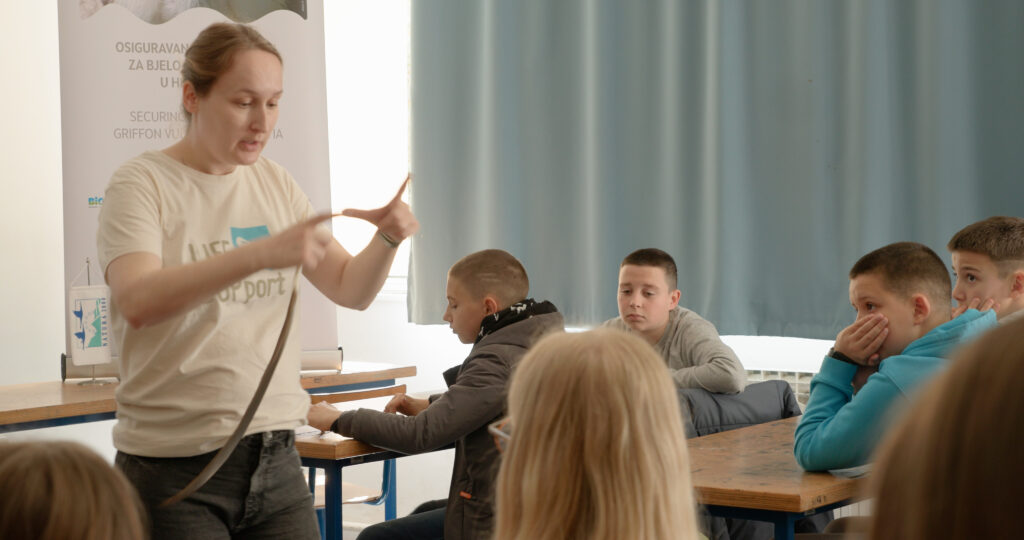
The next day, a workshop was held at Marija Martinolić Primary School on Mali Lošinj with students of class 5.b. Through a classroom lecture and an activity matching different feathers to parts of the vulture’s body or wings, students learned about the biology of these magnificent fliers. After the lecture, students participated in birdwatching in the school garden.
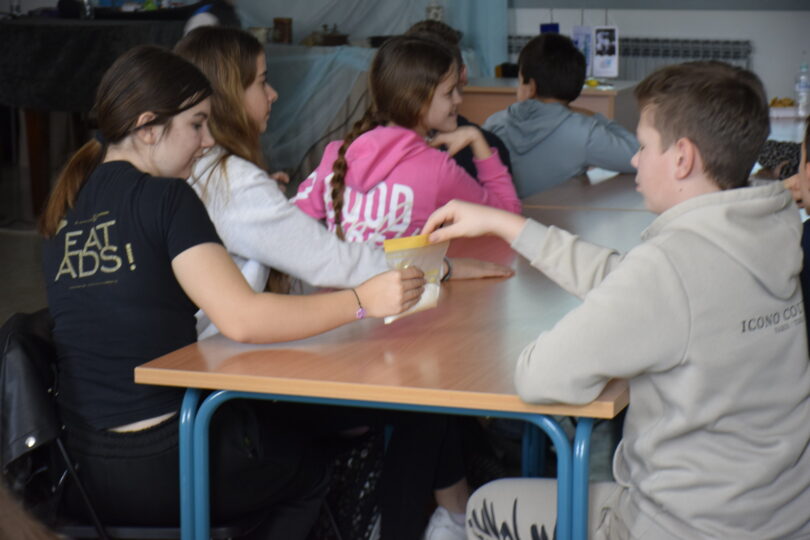
On Wednesday, March 26, a workshop was held for the highly engaged members of the school’s Eco Group of various ages at Ivan Rabljanin Primary School on Rab. The introductory session was led by Iva Čupić, with the help of Dominik Spevec and Marija Bijelić. The rest of the activities were divided into three thematic parts, allowing all participating students to go through each of them.
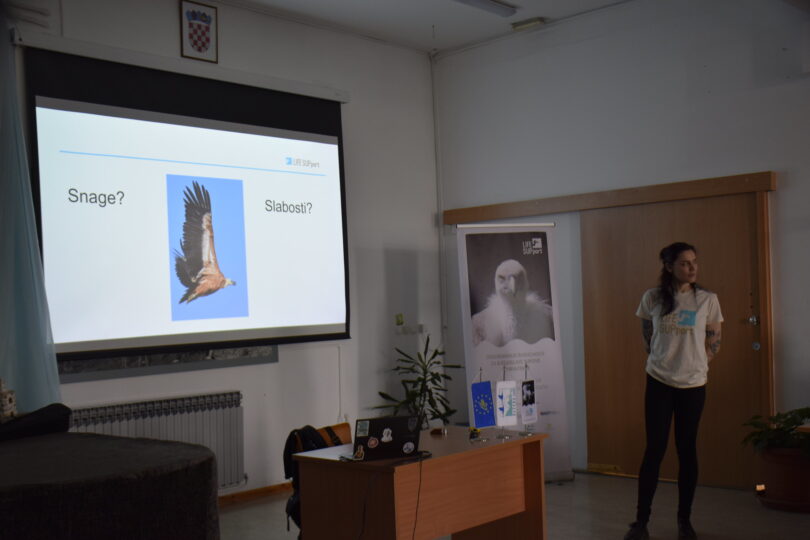
In the first part, students were given a “mini vulture” made from a sock filled with feathers. Like real researchers, their task was to monitor the growth of their mini vulture by measuring its weight. The problem of vultures falling into the sea was demonstrated by weighing the mini vulture before and after submerging it in water. Students were surprised to see how much weight the feathers absorbed, illustrating how getting wet significantly affects vultures.
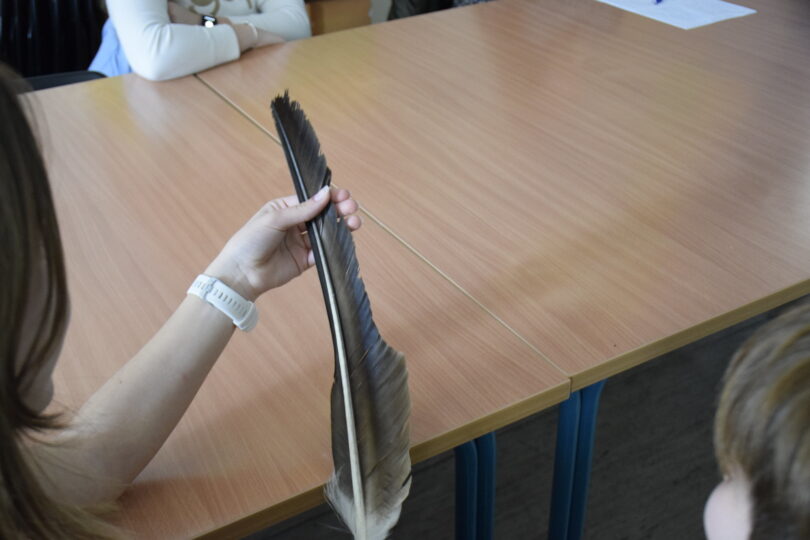
The second thematic section of the workshop introduced various bacteria (pathogens such as cholera and botulism) that vultures destroy with their strong stomach acid after feeding on animal remains. The bacteria were represented by food coloring, which would be neutralized upon contact with the vulture’s stomach contents—in this case, vinegar. Substances that would not dissolve in the stomach were represented by pieces of graphite, later added by the educator, which students had to identify as a problem vultures cannot overcome—namely poison and lead.
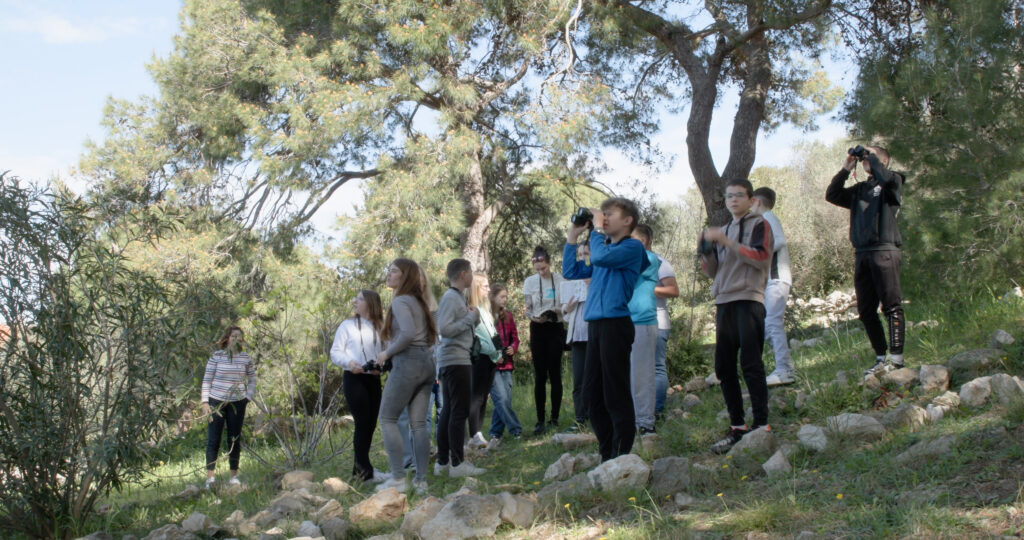
In the third part of the education program, students explored the idea of bird-safe electric poles. They constructed their own “bird-friendly” electric poles that would allow vultures to safely spread their wings without the risk of electrocution.




